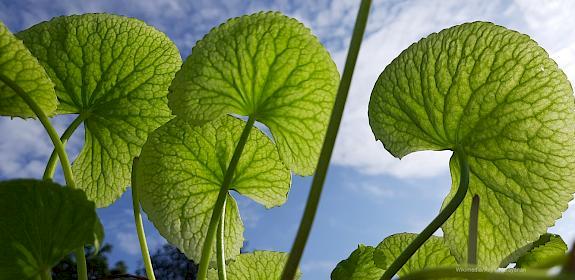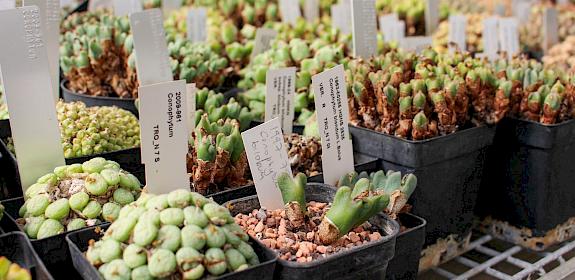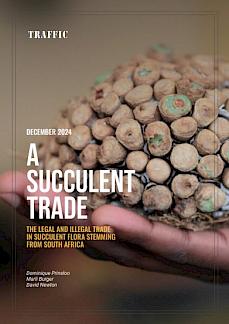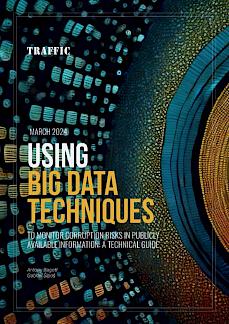
sustainable harvesting of CITES-listed species
Wild-harvested medicinal and aromatic plants (MAPs) underpin Nepal’s traditional medicine systems and provide a critical source of income for low income rural communities. Over 300,000 Nepali households commercially harvest and trade MAPs.
One of Nepal’s most commercially valuable and heavily exploited species is Jatamansi Nardostachys grandiflora. Between 100-500 tonnes of Jatamansi rhizomes are traded annually for medicinal and cosmetic use. This project is working to deliver a locally-appropriate market model for the sustainable and legal trade in CITES-listed species to protect biodiversity and local livelihoods.
over 300,000
Nepali households commercially harvest and trade

our holistic conservation approach is delivering positive outcomes for Nepal's Jatamansi populations and the alpine ecosystems in which they occur, as well as benefits to the local harvesters who depend on them
Anastasiya Timoshyna, Senior Programme Co-ordinator – Sustainable Trade
what's the issue here?
The harvest of Jatamansi in nine Nepalese districts provides at least 15,000 people with an average of 25% of their annual income. But Jatamansi populations are declining.
Habitat loss and overharvesting are the main drivers of this decline, threatening the survival of the species, the ecosystem's wider biodiversity, as well as the livelihoods of harvester communities. Concern regarding these declines led to Jatamansi’s inclusion in CITES Appendix II and the IUCN Red List™ to classify the species as Threatened.
Local harvesters drying Jatamansi rhizomes. Photo: ANSAB
i
our objectives and activities
sustainable management via the FairWild Standard
Key to ensuring the longevity of Nepal's Jatamansi trade is the implementation of sustainable trade practices and resource management.
The FairWild Standard is set of principles that provides wild plant harvesters, processors, and producers with exactly this, providing everyone involved in the process with a sustainable management framework. By using the FairWild Standard we are helping to train harvesters in sustainable harvesting techniques, and apply a scientific resource management plan (incorporating CITES Non Detriment Findings) that protects Jatamansi and nearby species from overharvesting.
Participants at a FairWild “training of trainers” workshop. Photo: ANSAB
i
understanding the trade
In order to effectively manage the trade in Jatamansi we're investigating the current problems and opportunities affecting actors throughout the trade chain.
We're establishing baselines for sustainable harvesting and trade, reviewing levels of domestic and international consumption, examining gaps and connecting enterprises involved in Jatamansi trade, and identifying ways in which local harvesters and producers can better access international markets.
Nardostachys Jatamansi. Photo: ANSAB
i
supporting the government in CITES implementation
Jatamansi is listed in Appendix II of CITES, meaning that international trade is controlled in order to avoid practices which could threaten their abundance or survival in the wild.
In practice, implementing CITES restrictions an be difficult for local businesses, so we're working to support Nepal's government in operationalising CITES trade controls. By also establishing benefit-sharing systems we're helping to empower harvesting communities by sustainably linking them directly to international buyers.
the partners
taking action for sustainable and equitable Jatamansi trade from Nepal








thank you
This project is generously supported by the UK Government's Darwin Initiative. The Darwin Initiative is a UK government programme with a focus on biodiversity projects.
reports related to WILD PLANTS
The sustainable trade in wild plant ingredients is an often unspoken side to wildlife trade. Explore our latest reports on the issue.
Visit our publications library for the full TRAFFIC archive.







